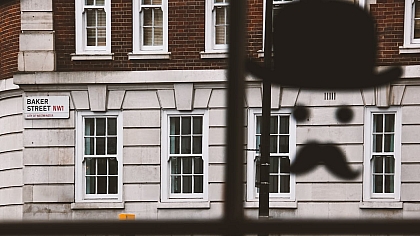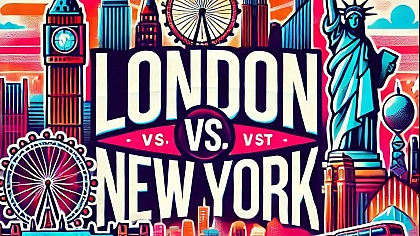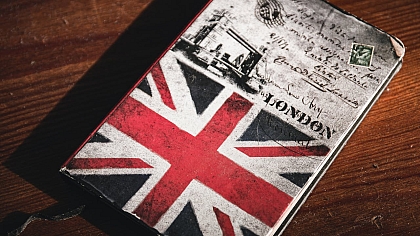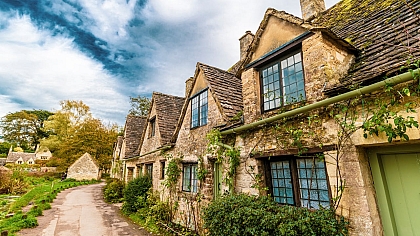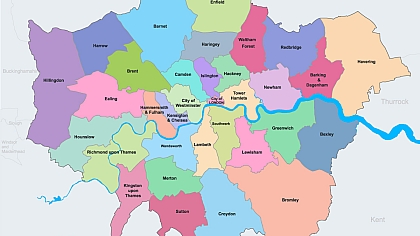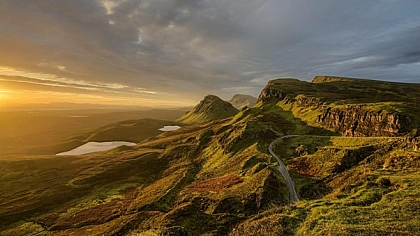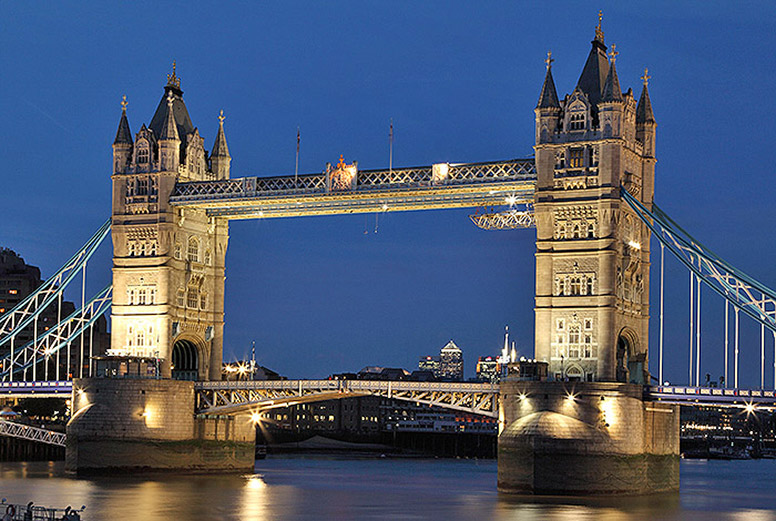
The Rich History of Tower Bridge in London
Along with Big Ben, the Houses of Parliament, St Pauls Cathedral and Westminster Abbey, the Tower Bridge tops the UK’s list of iconic architectural structures that make up London’s stunning skyline.
While Tower Bridge is one of the world’s most famous bridges, used by over 40,000 people on a daily basis, very few are aware of the rich history behind this combined bascule and suspension bridge in London which crosses the River Thames, connecting Tower Bridge Approach, formerly known as Iron Gate, on the north bank of the river, with Tower Bridge Road, previously known as Horsleydown Lane, on the south.
London Bridge is falling down, or maybe not
While not the first bridge to span the River Thames, Tower Bridge is the most familiar and is often erroneously referred to as London Bridge. When in fact the real London Bridge was located just about a mile to the west of where Tower Bridge was constructed. Throughout the centuries, a number of bridges have been constructed on the site of the actual London Bridge which makes the famous nursery rhyme "London Bridge is falling down" spring to mind.
Construction and Design
Tower Bridge was designed by Horace Jones, the City Architect, in collaboration with John Wolfe Barry. The construction work was completed in 1894, but the bridge was open for public use on 30 June 1894. It took over fifty designs and eight years to find a satisfactory design, along with the work of five major contractors and the labour of 432 construction workers to complete the bridge.
The total length of Tower Bridge is 244 m (800 ft), while its longest span is 61 m (200 ft). A massive 11,000 tons of steel was used to construct the framework for Towers and Walkways. Then Cornish granite and Portland stone were added to the bridge’s exterior to prevent the modern structure from clashing with the nearby Tower of London and other historic architecture. As part of the Queen's Silver Jubilee celebrations in 1977, Tower Bridge was painted red, white, and blue. Originally it was painted a mid-greenish-blue colour.
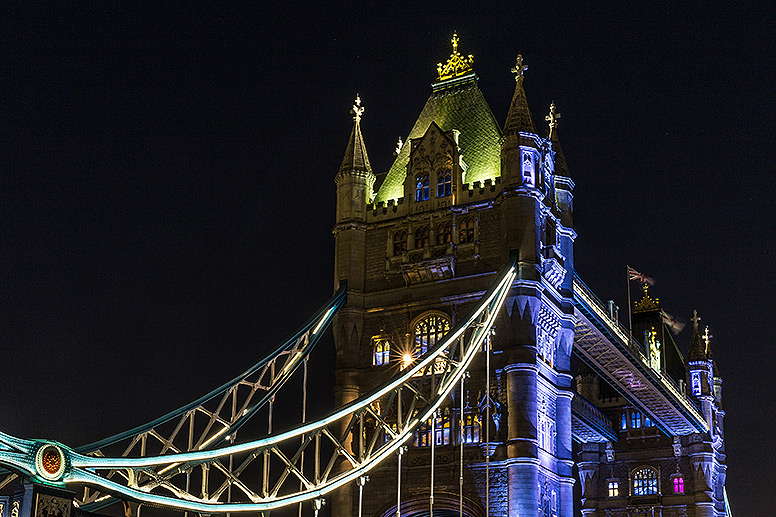
During its original construction, the bascules of Tower Bridge were initially powered by energy created from steam. In 1976, the steam-powered pumping engines were replaced by ones powered by electricity and oil.
Tower Bridge is the only bridge on the Thames that can be raised and lowered to allow ships to pass.
The Tower Bridge Exhibition
The high-level walkways of the bridge were originally designed to enable pedestrians to cross the bridge even when it was raised. However, due to lack of use. As a result, these passages were closed in 1910 but reopened to the public in 1982 as a museum that houses the Tower Bridge Exhibition, where the original pumping engines, accumulators, and boilers of the bridge can be seen. The current Tower Bridge Exhibition opened in 2002, which features the Walkway views and history of the Bridge. Twenty-five years of welcoming visitors to the Tower Bridge Exhibition was celebrated back in 2007.
Tower Bridge as a Party Venue
Within Tower Bridge's towers and the walkways above are several event spaces with spectacular views that make Tower Bridge one of London’s most popular party venues. These have been available to hire for parties and receptions since 1994 and offer mesmerizing views of St Paul’s Cathedral, Canary Wharf, Maritime Greenwich, and The London Eye.
London Tower Bridge Souvenirs
Anyone who has taken a stroll by Tower Bridge during a visit to the capital would consider taking a souvenir featuring this magnificent structure home with them. Reminisce and rekindle memories of the time you had in the city every time you see your Tower Bridge gift from London. Choose from a stunning range of Tower Bridge memorabilia and souvenirs including pencil sharpeners, paperweights, clocks and models, key chains, and fridge magnets.

